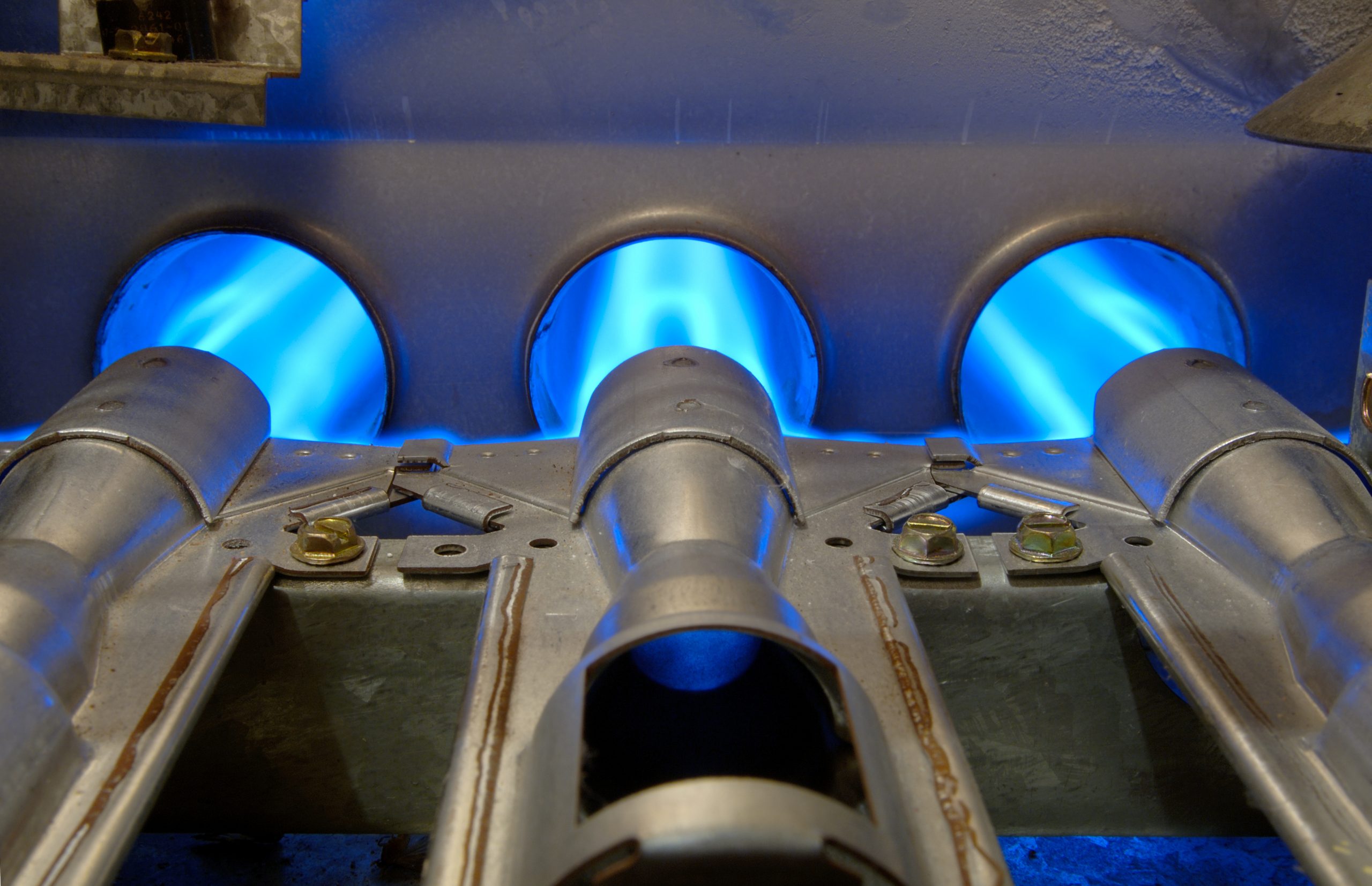
Having your furnace go on the fritz in the middle of winter can be traumatic. Sometimes, fixing the problem can be as easy as resetting a house circuit breaker or flipping on a shut-off switch.
When you can’t fix quickly fix the problem yourself, schedule a visit from a service technician. Knowing what to expect about furnace repair can put your mind at ease as you deal with this crucial failure.
DIY furnace troubleshooting
One of these simple do-it-yourself fixes may restore heating in your home before you set up a service visit:
Check for power to the furnace
If the furnace won’t start at all, reset the house circuit breaker for the furnace.
If that doesn’t help, check the furnace shut-off switch. The shut-off switch looks like a light switch and is typically right next to the furnace. When it’s turned off, it shuts off electrical power to the furnace. Turn that switch on if it’s turned off.
Check the furnace thermostat
Make sure the thermostat is set a few degrees higher than the current room temperature. If the fan blows air through the vents but the furnace doesn’t heat, make sure the thermostat is set to the Heat position, not in the Fan only setting.
Replace the furnace air filter
Replace the air filter if it’s clogged with dust. A clogged air filter prevents air from circulating through the furnace heat exchanger.
Check the fuel supply
Make sure the shut-off valve for the fuel supply is open.
If you have a fuel oil or liquid propane (LP) gas tank, refill the tank if it’s low or empty.
If you have a natural gas furnace, check the gas supply to your home by seeing if gas appliances such as the stove work. If not, contact your gas supplier to resolve the outage.
If these tips don’t help you restore heating, have a service technician repair the furnace.
What to expect during furnace repair
When the service technician arrives at your home, the tech typically asks you to describe the furnace symptoms you’ve been experiencing, such as whether it turns on or made noises before it stopped working.
Based on your description of symptoms, the tech goes through these steps to fix your furnace.
- Diagnosis. he technician will check the furnace components and identify the problems causing your heating failure.
- Assessment. The tech will do the following:
- Explain the cause of the furnace failure.
- Let you know the parts needed.
- Provide you with a repair cost estimate.
- Discuss the time needed for completing the repair.
- Repair. Once you agree to have the technician complete the repair, the tech installs the parts, completes the work and verifies that the furnace heats.
- Payment. The technician collects payment for the repair, provides you with a receipt and discusses the repair warranty.
Furnace replacement instead of repair
Consider replacing your furnace instead of repairing it in these situations:
- Replacement parts aren’t available for your furnace model.
- Repair cost is over $1500 and replacing the furnace is more economical than repairing it.
- The furnace is over 10 years old, so critical parts such as the fan motor or burner may begin wearing out soon. Also, some replacement parts may become unavailable for your furnace after you’ve had the unit more than 10 years.
- You’re better off upgrading to a new, more efficient furnace rather than repairing your older inefficient furnace. Manufacturers continuously improve furnace fuel efficiency and performance. Here are some advantages of upgrading your furnace:
- If you live in a region with extremely cold winters, the energy bill savings you encounter when upgrading to a new, efficient furnace can help offset the replacement cost over time.
- Heating comfort often improves because an upgraded furnace delivers better air circulation throughout your home.
- You likely won’t be facing any furnace repair bills for quite a while when you buy a new furnace.
Knowing what to expect when you’re facing furnace repair can help you make informed decisions that are best for you and your household. Making the right decisions when resolving a furnace failure can also keep you warm and cozy all winter long.
